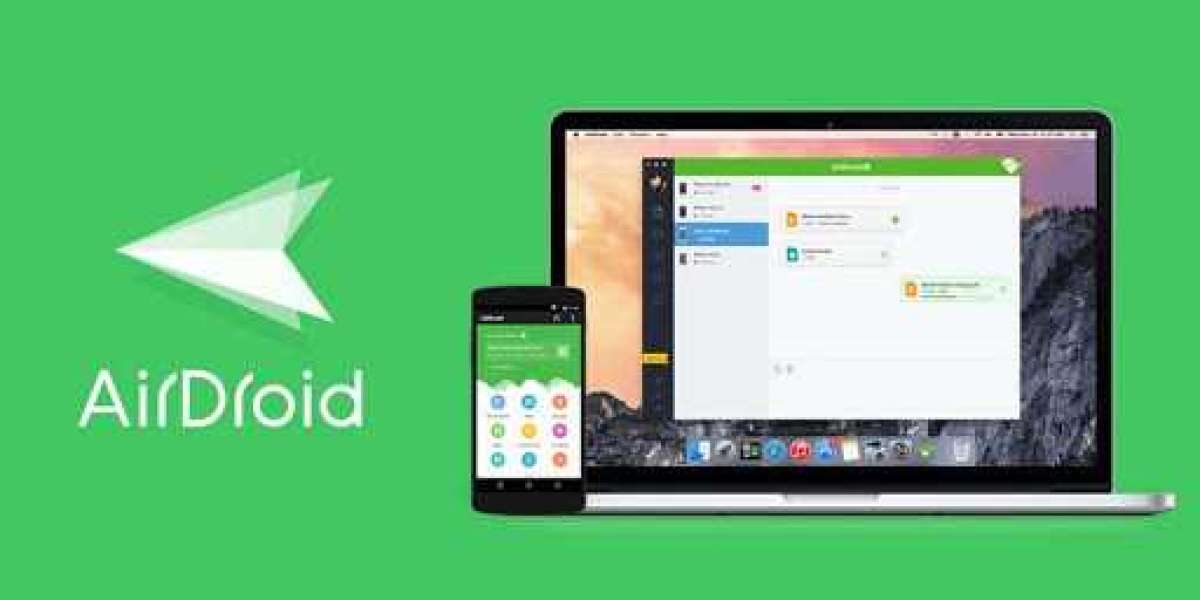Introduction
In an era dominated by smartphones and the ever-growing need for seamless connectivity, applications like AirDroid have become indispensable. Creating an app like AirDroid, a popular mobile device management and file transfer app, allows users to manage their Android devices from a computer wirelessly. The convenience and functionality it offers have spurred the interest of many entrepreneurs and developers to make an app like AirDroid. In this article, we will explore the essential steps and considerations involved in developing an app like AirDroid.
Understanding the Concept
Before diving into the development process, it's crucial to understand the core concept of AirDroid. At its essence, AirDroid is a tool that facilitates the wireless transfer of files, management of contacts, messages, and other device functionalities from a computer to an Android device and vice versa. It essentially extends the user's smartphone experience to their computer, allowing for a more comprehensive and efficient way of handling tasks.
Identifying Key Features
To create a successful app similar to AirDroid, one must identify and prioritize key features that make the application user-friendly and functional. Some essential features to consider include:
File Transfer: Enable users to seamlessly transfer files between their computer and mobile device.
Remote Desktop: Allow users to access and control their Android device from a computer.
Notification Mirroring: Mirror smartphone notifications on the computer for real-time updates.
SMS and Call Management: Provide the ability to send and receive messages, as well as manage calls, directly from the computer.
Contact Management: Allow users to manage their contacts and other essential phone information.
App Management: Enable users to install, uninstall, and manage applications on their Android device through the computer.
Choosing the Right Technology Stack
Selecting the appropriate technology stack is a critical step in the development process. The choice of programming languages, frameworks, and tools can significantly impact the app's performance and scalability. For a cross-platform application like AirDroid, technologies such as React Native or Flutter can be considered, allowing for a single codebase that works on both Android and iOS platforms.
Security Considerations
Security is a paramount concern when developing applications that deal with personal data and device management. Implementing end-to-end encryption for file transfers, secure authentication methods, and secure connections are imperative. Regular security audits and updates should be part of the ongoing maintenance strategy to ensure that the app remains resilient to emerging threats.
User Interface and Experience Design
The success of any application is heavily reliant on its user interface (UI) and user experience (UX) design. The design should be intuitive, aesthetically pleasing, and functional. Consider creating wireframes and prototypes to visualize the app's flow and gather user feedback early in the development process. Responsive design is crucial to ensure a seamless experience across various devices and screen sizes.
Development Process
The development process can be divided into several stages:
Planning: Define the scope, features, and target audience. Create a roadmap for development, outlining milestones and deadlines.
UI/UX Design: Work on creating a visually appealing and user-friendly design. Pay attention to the details of the user journey and interactions.
Development: Use the chosen technology stack to start building the application. Begin with the core features and gradually add more functionalities.
Testing: Rigorous testing is essential to identify and fix bugs, ensure optimal performance, and enhance the overall user experience.
Deployment: Once the app has passed testing and quality assurance, deploy it to the intended platforms – Google Play Store for Android and Apple App Store for iOS.
Maintenance and Updates: Regularly update the app to address bugs, security vulnerabilities, and to introduce new features based on user feedback.
Monetization Strategies
Consideration of how the app will generate revenue is essential. Some common monetization strategies for apps like AirDroid include:
Freemium Model: Offer a free version with basic features and a premium version with advanced functionalities.
Subscription Model: Charge users a recurring fee for access to premium features and services.
In-App Purchases: Provide the option for users to purchase additional features or content within the app.
Ads: Incorporate advertisements in the free version of the app, allowing users to opt for an ad-free experience through a premium subscription.
Marketing and Promotion
A well-thought-out marketing strategy is crucial for the success of the app. Utilize digital marketing channels such as social media, app store optimization (ASO), content marketing, and influencer collaborations to increase visibility and attract users. Engage with the app's target audience through beta testing and gather feedback to make necessary improvements before the official launch.
Conclusion
Creating an app like AirDroid requires a combination of technical expertise, careful planning, and a commitment to providing a secure and user-friendly experience. By understanding the key features, choosing the right technology stack, prioritizing security, and implementing effective monetization and marketing strategies, developers can embark on the journey of crafting a successful wireless connectivity application. In a world where seamless device management is increasingly essential, the potential for such an app is vast, offering users a more integrated and efficient digital experience.







